Don’t be hasty when choosing crops
New farmers often struggle with crop diversity. There’s always a temptation to pick and choose twenty of your favorite greens and veggies without concern for pests, viable growing methods, and market research. This can leave farmers overwhelmed, with no customers, and with pest problems.
We’ve also seen new farmers go for a high-value monocrop, and open up the possibility of exhausting demand. If combined with poor pest control, they also run the risk of losing their entire operation’s yield at once.
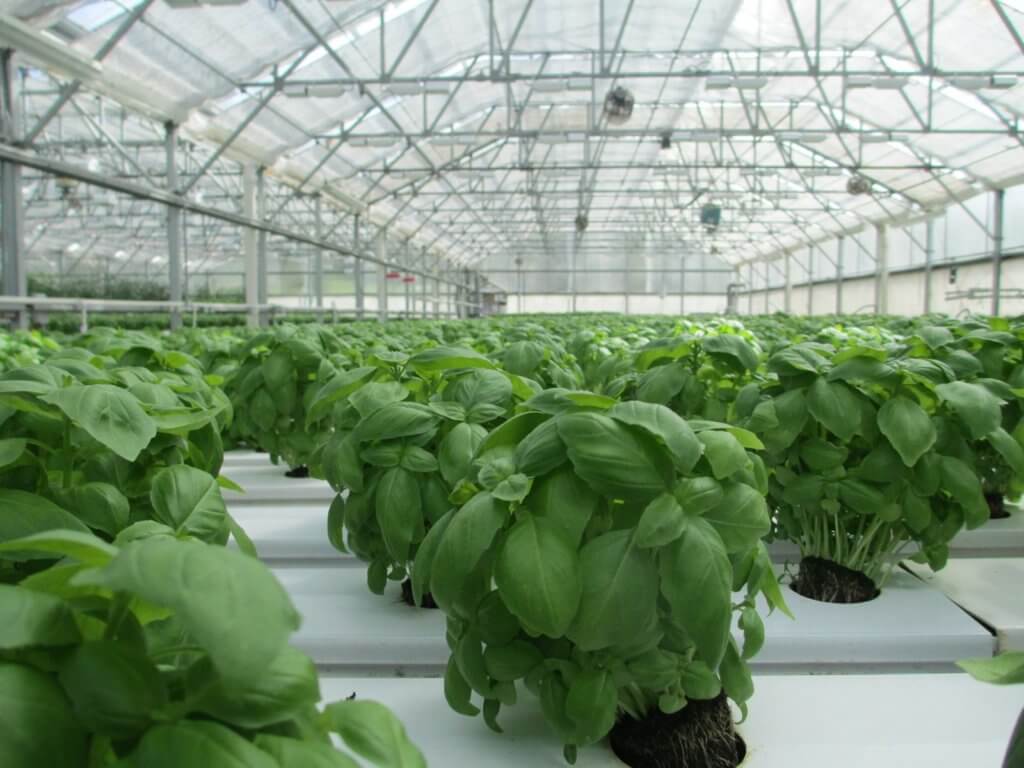
To address all of these issues, we’ve enlisted some farming professionals who have been in the trenches to give us the best advice regarding crop diversity.
Matt Marsh of American Heartland Acres, Tom Deacon of Fable: From Farm to Table, and Nick Burton of State of the Soil lend their experience with diverse growing situations.

We sorted the tips and insight on both approaches (monocropping and polycropping) into these factors: learning curve, sales, logistics, and pests.
Both approaches offer advantages and challenges. Read on to learn more!
Monocrop = 1 crop; Polycrop = 2+ crops
First a brief chat about terminology. When building a new farm, crop choice impacts sales, space, and technique. Deciding to go all-in on a single crop or to diversify with different crops will accordingly shape your approach to farming. In this article we’ll refer to two types of cropping systems:
1) Monocrop – A system with a single plant type or variety. Matt Marsh grows Genovese basil, making his farm a monoculture.
2) Polycrop – A system with different plant types and varieties. Nick grows a variety of greens and herbs, while Tom produces a number of different herbs for market. Both of these examples are polycropping.

Learning curve: focus or breadth of knowledge
The biggest advantage in monocropping’s favor is simplicity.
Matt’s entire monocropping plan was in pursuit of this simplicity of learning: “It (monocropping) was a good way for me to learn to grow high-quality, fresh basil, and not be too complicated in the greenhouse for a newbie like myself, but also to have a learning curve on the restaurant side… I felt I was lowering my learning curve on both ends of it, production and sales.”
By directing all of his resources and efforts into mastering basil, Matt has become the expert on a single crop in his region.
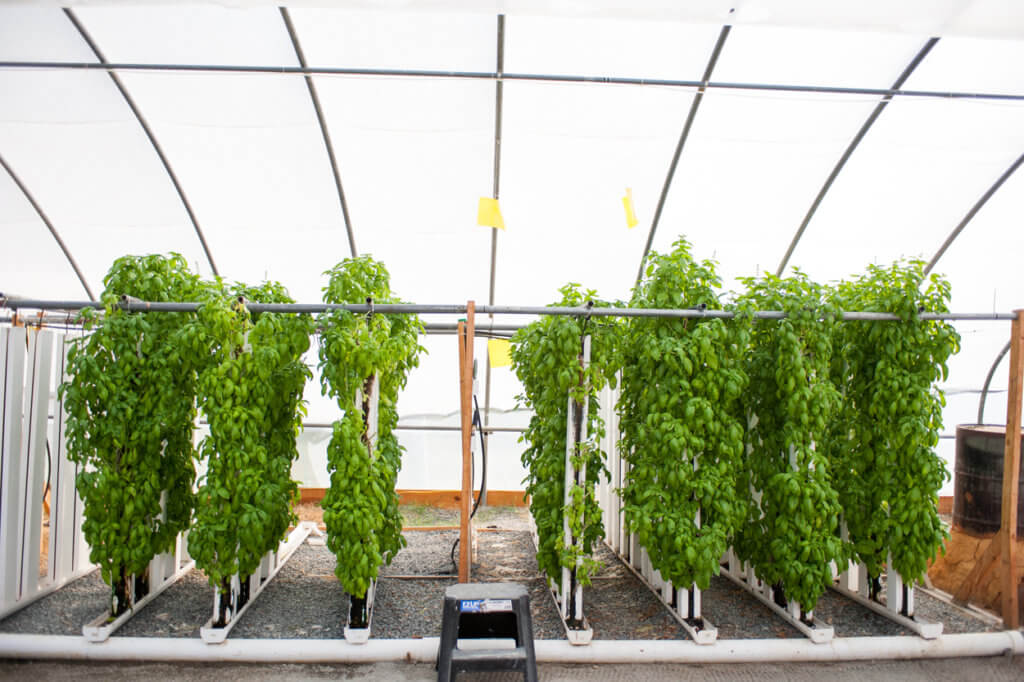
Basil grows as a monocrop in the greenhouse at American Heartland Acres
Polycropping’s learning curve will be larger. But for some growers, the challenge is exactly the appeal of farming.
Nick discusses this at length: “We originally started growing completely diversified for the simple fact that I get bored real easy. The notion of just growing a sea of lettuce, I can’t handle it.” For Nick, the appeal of farming isn’t simply a successful business, but an opportunity to grow the products that, at the end of the day, satisfy him.
Sales: making the most of many markets
When putting together a commercial growing operation, your sales will determine success or failure. If you acknowledge the challenges and opportunities offered by each crop in your playbook, you will be able to:
- Expand markets.
- Establish repeat customers.
- Plan for seasonal or regular harvests.
Each of the two approaches lends different advantages to a grower.
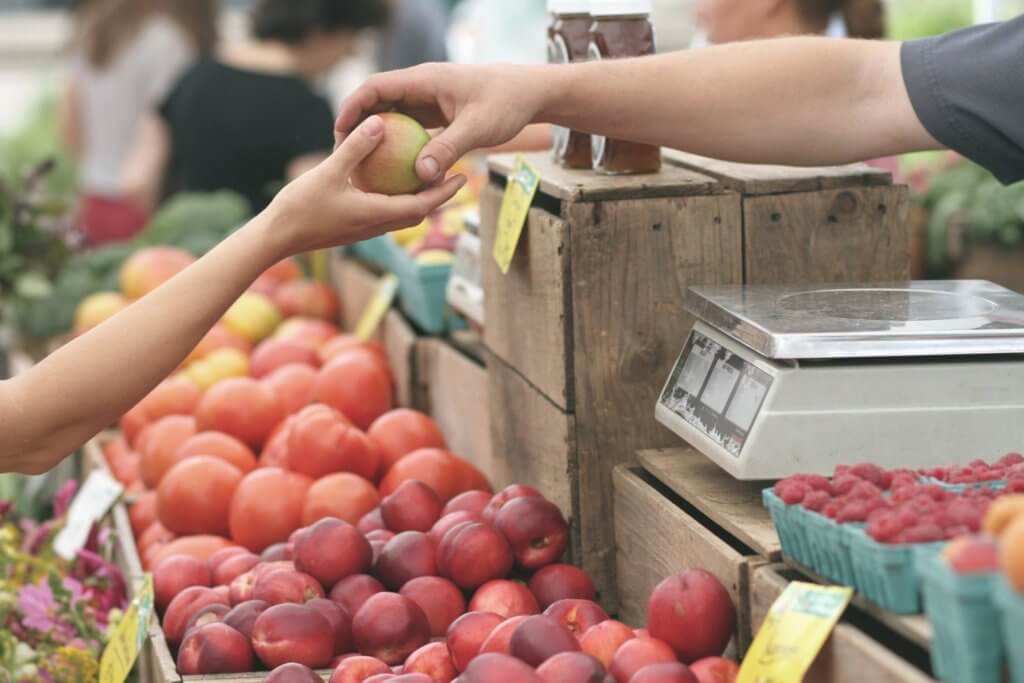
Polycropping gives farmers the range to meet a variety of demand.
Three of the four primary markets—CSAs (Community-Supported Agriculture), farmers markets, and restaurants—are all likely to be interested in a variety of crops. Of course, this depends on the specific market. Don’t forget to do market research.
Nick says, “The ability to harvest all these different crops, turn them into a value-added product, and get them out the door… we needed the diversification. Of course, that meant a grow room, a greenhouse, and a high tunnel, and some outdoor crops. So it really was costly to get started, but it let us have a crop that was so value-added that it worked out well.”
If start-up costs are an obstacle, consider an alternative that offers both flexibility for your markets and a smaller number of learning curves. As a small farmer, you have the ability to take custom orders and try crops by request for your markets.
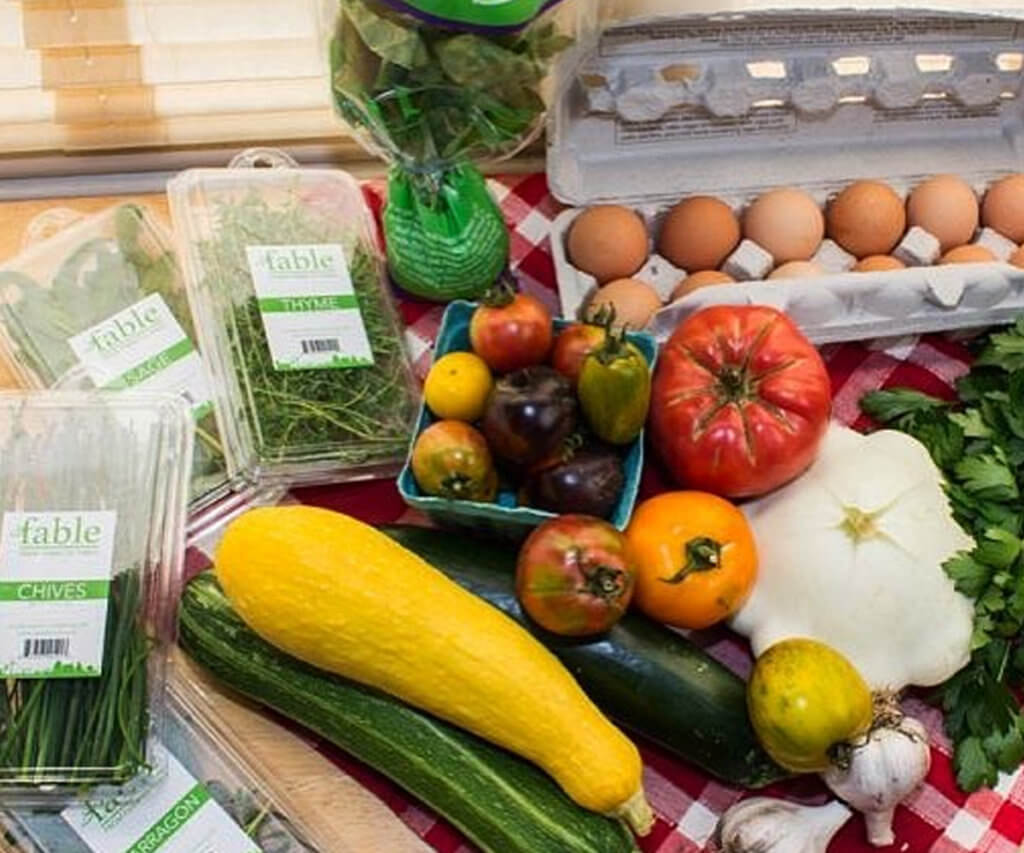
Fable: From Farm to Table grows multiple types of crops as well as value-added products for market.
On the other hand, monocropping can beat polycropping in ease of sales.
Matt says, “I was chasing a lot of different opinions… I went with the simple thing that Dr. Storey said: Herbs are a high profit, high margin thing, and the powerhouse of it: basil. I decided to grow the heck out of it. I didn’t have to go into the market to cherry pick, or doorknock twelve places to find one that would use my specialty crop. I felt it was an easier way to enter the market.”
For some markets, this is a great approach. Matt had multiple buyers in his market and did his research. He knew that he could focus on a monocrop of basil without flooding the market. With this strategy, he is able to balance higher margins.
Logistics: value-added crops and delivery costs
No matter how thriving your potential market, you have to be able to physically move your product to buyers. Matt’s otherwise profitable basil crop ran into issues when scaling up:
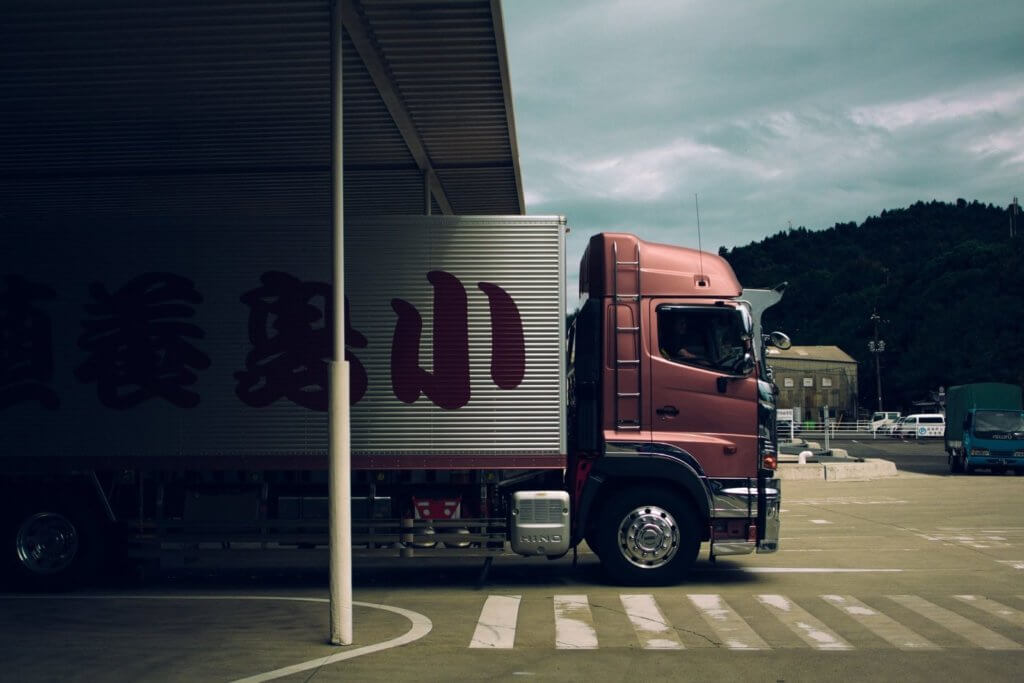
Matt notes that when you factor in costs like logistics and delivery, you reach a point where fewer accounts and more products might make more sense. “I may not make as much per that particular crop, but I’ll make more per stop.”
Monocropping is easier for new farmers when it comes to logistical overhead. If you’re moving a single crop, you’ll only ever need to prepare and ship your product in a single fashion. Conversely, farmers with multiple crops might experience an initial challenge in shipping/handling for their diverse options but will experience fewer growing pains.
Pests: avoiding crop losses
One of the biggest topics that informs the decision between monocropping and polycropping is the potential risk from pests.
Monocropping suffers from a larger risk of pests. A single virulent pest, if left unchecked, can wipe out an entire crop. When that crop represents 100% of your operation, this is a disaster.
On the other hand, if you’re vigilant about sanitation, debris, and the materials you bring into the growing environment, it’s much easier to reduce the number of pests coming in.
Polycropping is inherently more robust and resistant to pest outbreaks. Incoming pests are limited to a smaller food source and ideal habitat. Even if the grower doesn’t catch the pest right away, there’s a lower chance of their entire operation being compromised. (Keep monitoring, though; some pests are generalists.)
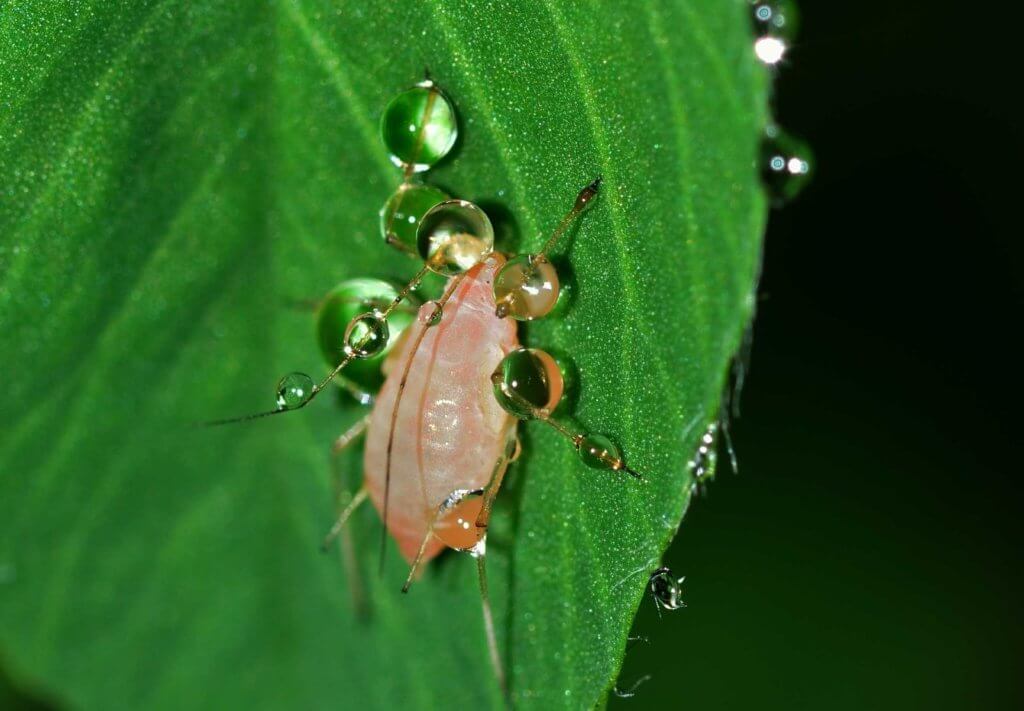
Following up, Tom notes, “Something else we started to do when I first set up the greenhouse, was each rack was its own dedicated herb. It was a rack of 25 Towers of basil and 25 of parsley. You’ll realize that if you have a pest problem it’ll wipe out the whole rack. So we have buffers now. The last row of that rack will be parsley or sage, something that doesn’t attract many pests and will act as a buffer zone between two racks of basil.”
Tom’s approach is a tried and true method used in IPM (integrated pest management). Interrupting the food source with a row of non-target plants creates a barrier that some pests are unlikely to get past. (Learn more about IPM here.)
Mono or poly?
The choice between a variety of crops or a single plant type must be made with an eye on logistics, sales, experience, and pest control. When deciding on crop varieties, we’re happy to work with you to determine the best choices for your farm!


